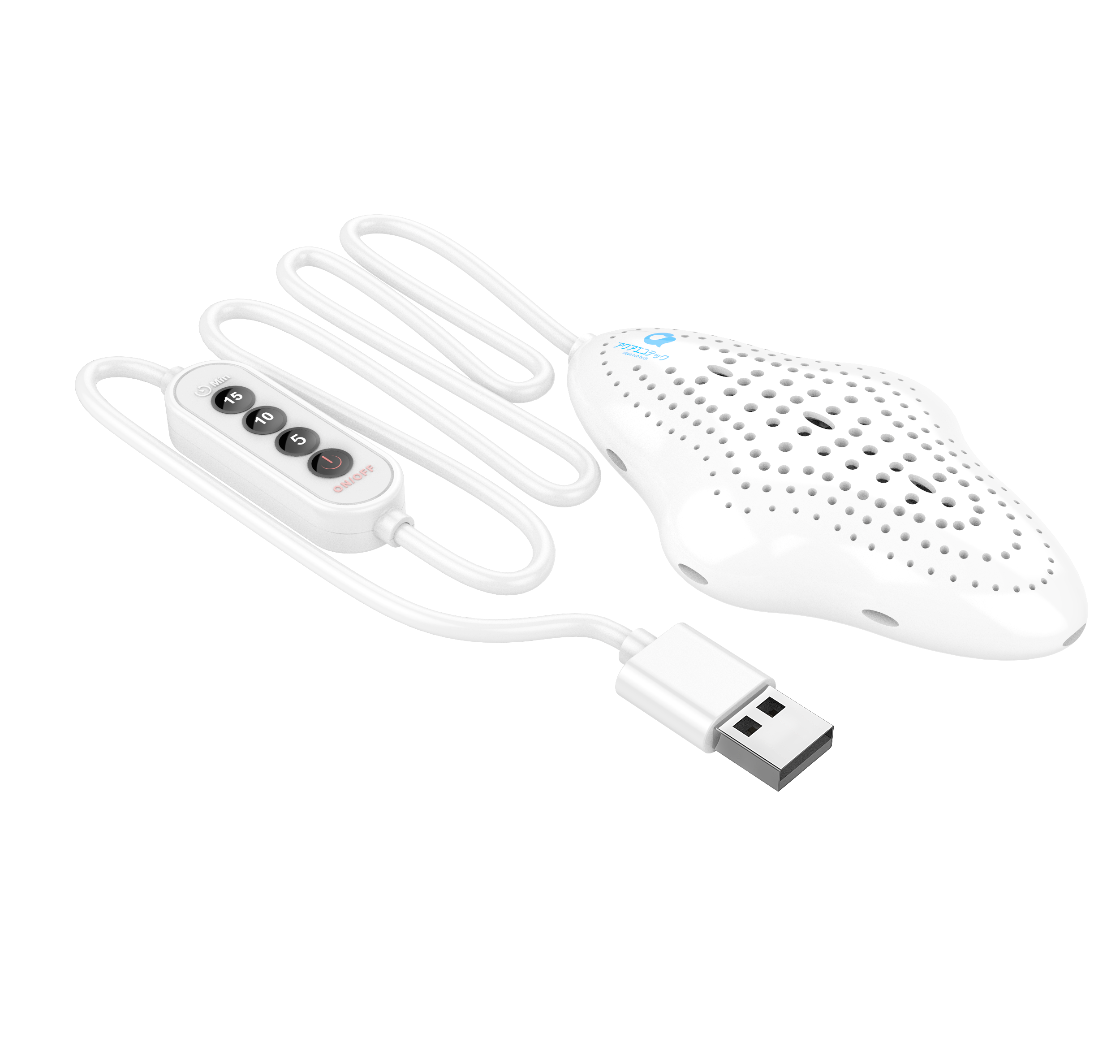Хатогии формати почтаи электронӣ
emailCannotEmpty
emailDoesExist
pwdLetterLimtTip
inconsistentPwd
pwdLetterLimtTip
inconsistentPwd


Ozone Generator vs Air Purifier: Which is the Better Choice?
When it comes to maintaining healthy indoor air quality, many options are available in the market. Two popular choices are ozone generators and air purifiers. While both devices aim to improve the air we breathe, they differ in their approach and effectiveness. In this article, we will compare and contrast ozone generators and air purifiers, highlighting their features, benefits, and potential drawbacks. By examining their differences, we hope to help you make an informed decision about which option is best for your needs.
I. Understanding Ozone Generators
1. What is an Ozone Generator?
Ozone generators are devices that produce ozone gas, a highly reactive form of oxygen, through an electrical discharge or chemical reaction. The intended purpose of ozone generators is to clean and purify the air in enclosed spaces.
2. How Do Ozone Generators Work?
Ozone generators work by releasing ozone gas into the air. Ozone molecules help eliminate odors, disinfect surfaces, and neutralize pollutants. It does so by oxidizing molecules it comes in contact with, including bacteria, viruses, and volatile organic compounds (VOCs).
3. Benefits of Ozone Generators:
- Effective elimination of strong odors, such as those caused by pets, cigarette smoke, or mold.
- Kills bacteria, viruses, and other microorganisms.
- Can reach difficult-to-clean areas, disinfecting fabrics, carpets, and other porous materials.
4. Drawbacks of Ozone Generators:
- Ozone is a lung irritant and can be harmful when inhaled in high concentrations.
- Prolonged exposure to ozone can cause respiratory issues, chest pain, and coughing in sensitive individuals.
- Ozone generators cannot remove particulate matter or Allergens from the air.
II. Understanding Air Purifiers
1. What is an Air Purifier?
An air purifier is a device designed to remove impurities, such as dust, pollen, pet dander, smoke particles, and other allergens from the air.
2. How Do Air Purifiers Work?
Air purifiers work by using filters or technologies to capture and trap airborne pollutants. The filters remove particles from the air, ensuring that the air circulated back into the room is cleaner and healthier to breathe.
3. Benefits of Air Purifiers:
- Effectively reduce allergens in the air, providing relief for individuals with allergies or asthma.
- Remove dust, pollen, pet dander, and other particulate matter.
- Can capture and neutralize bacteria and viruses, depending on the type of filtration system.
4. Drawbacks of Air Purifiers:
- Some air purifiers may produce ozone as a byproduct of ionization or other processes.
- Filters need regular maintenance and replacement to remain effective.
- Air purifiers with HEPA filters might not be as effective in eliminating strong odors.
III. Ozone Generator vs. Air Purifier
1. Purpose and Use:
- Ozone generators are primarily designed to remove odors and sanitize the air.
- Air purifiers are designed to capture and remove particles, allergens, and pollutants from the air.
2. Health Considerations:
- Ozone generators can be harmful when used improperly, especially in poorly ventilated areas or in high concentrations.
- Air purifiers, especially those using HEPA filters, are generally considered safe to use and promote better indoor air quality.
3. Effectiveness:
- Ozone generators can effectively eliminate odors and kill microorganisms.
- Air purifiers are more efficient in removing particulate matter and allergens.
4. Safety:
- Ozone generators should be used with caution and in accordance with manufacturers' instructions.
- Air purifiers, when used properly, are considered safe for daily use.

Choosing Ozone Generators or Air Purifiers Depends on Your Needs
Ozone generator vs. air purifier, both options has their unique benefits and drawbacks. Ozone generators are effective in eliminating odors and sanitizing surfaces but can be potentially harmful when not used correctly. On the other hand, air purifiers are more efficient in removing particulate matter and allergens, making them a safer and more versatile choice for improving indoor air quality. It is important to consider your specific needs and health concerns before deciding which device is the better choice for you.,


